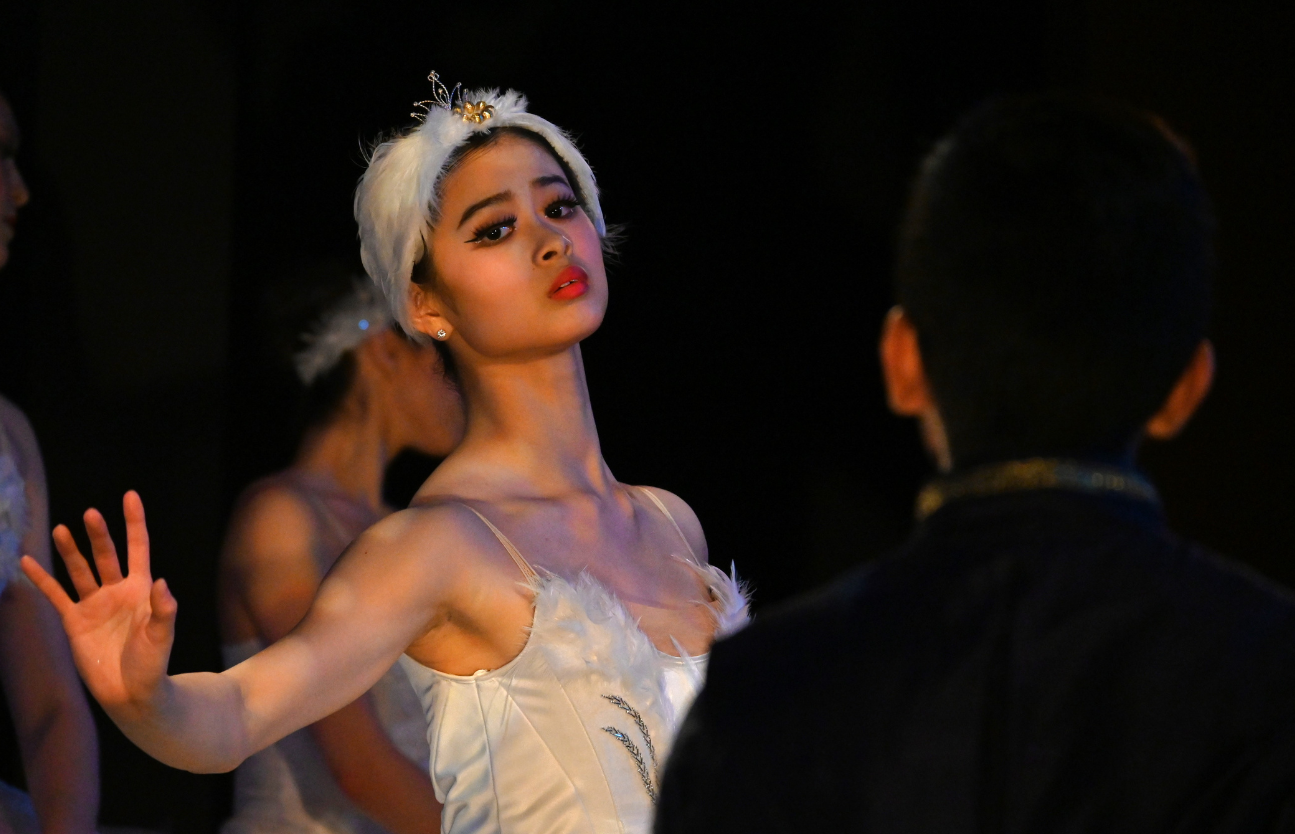Throughout the month of October, there are two main things taking over my Facebook newsfeed: pictures of friends in fall-like settings and Halloween-related posts. However, as much as I like their pumpkin patch photos or that they’re going to dress up as Elsa from Frozen this Halloween, I couldn’t help but wonder how many people knew about one of my favorite fall holidays: Día de los Muertos, or “Day of the Dead.”
Growing up in a Mexican household, I was immersed in what is perhaps one of the most puzzling celebrations to a foreigner’s eyes. Celebrated on Nov. 1 and 2, El Día de los Muertos, a popular holiday in many Latin American countries, originated from traditional Aztec festivals that were dedicated to the Lady of Death. Later on, when the Spanish conquistadors arrived in Mexico, Aztec rituals combined with Catholicism resulting in the festivities Mexico has today. The purpose of this holiday is to honour the dead with a very lively (pun-intended) and colorful celebration that involves some crucial elements, such as traditional foods (obviously) and the recognition of “La Catrina,” or death, as a natural part of the human experience.
A part of this festivity includes setting up an altar for the ones in your life that have passed away. While this may sound strange (and yes—let’s face it—creepy), I remember it being one of my favorite parts about this special day. The offering should include photos of the people (or pets) who’ve passed away, as well as some of their favorite things. For instance, after my grandfather passed away, I would put cigars right next to his photo, because even though he didn’t smoke, he loved their smell. The altar should also include water, candles, china paper, figurines of “La Flaca,” and cempasúchil flowers. The paper, figurines, and flowers represent the embrace of life and death during these two days, and at the same time, they add color and prominence to the shrine. The water is, according to traditional Aztec beliefs, for the dead to drink after their long journey back from death, while the candles are for them to find their way to their living loved ones.
In general, the most common symbol for Halloween is the jack-o’-lantern, whereas calavera, or skulls, are the most prominent symbol for the Day of the Dead. This brings me to what’s probably the most important part of this celebration: the food! There are two traditional sweets that were specially invented for this particular festivity. The first, calaveritas de azúcar, or sugar skulls, were created as a sweet reminder of the presence of death among the living. The second one (and my personal favourite) is the pan de muerto, or the bread of dead, which is meant to look, in a fun way, like a regular dough pastry covered with the bones of the dead. Despite its unusual and eerie look, it’s completely covered in sugar, making it taste so delicious you’ll feel like you just took a bite off a rainbow. Lots of people (myself included) accompany their pan de muerto with some traditional Mexican hot chocolate, inevitably bringing out the best of your sweet tooth, so be prepared to gain some weight during this holiday.
Overall, El Día de los Muertos embraces historical events and cultural traditions—all to create a fun understanding of the culmination of human life: death. So this year, regardless of what you’re celebrating, just remember that there’s always candy involved!








